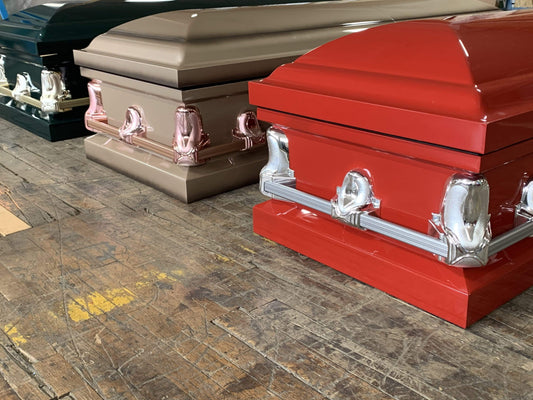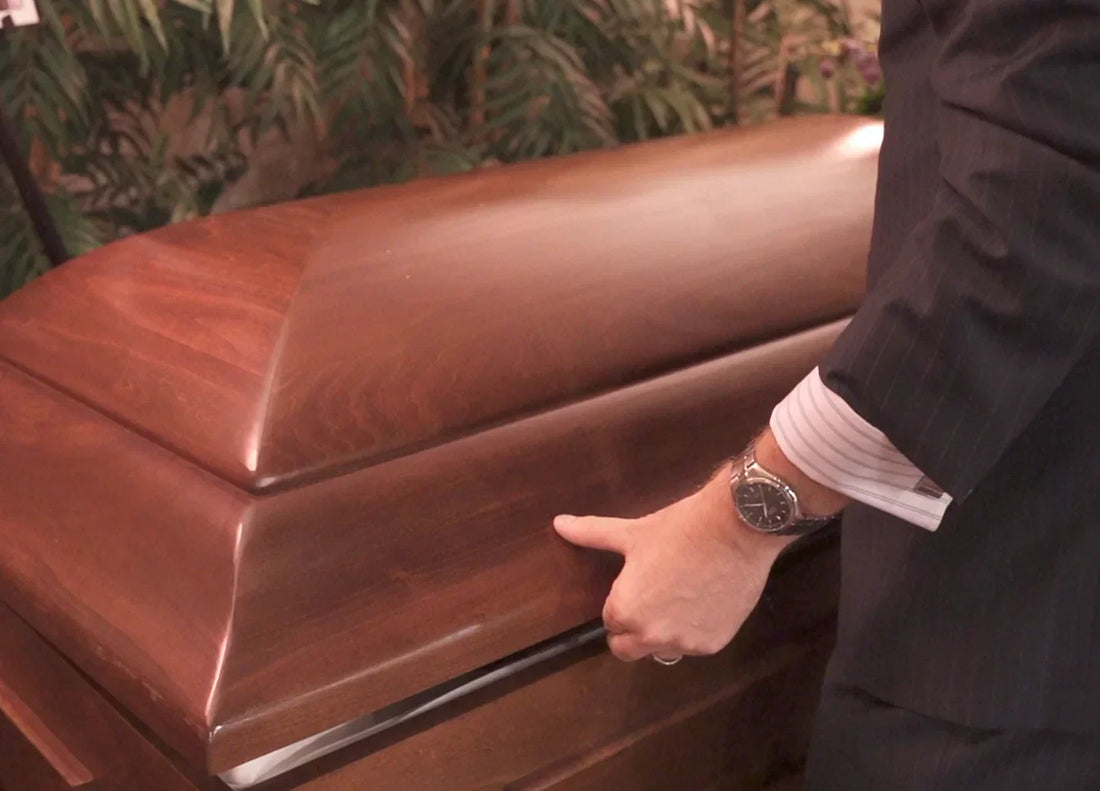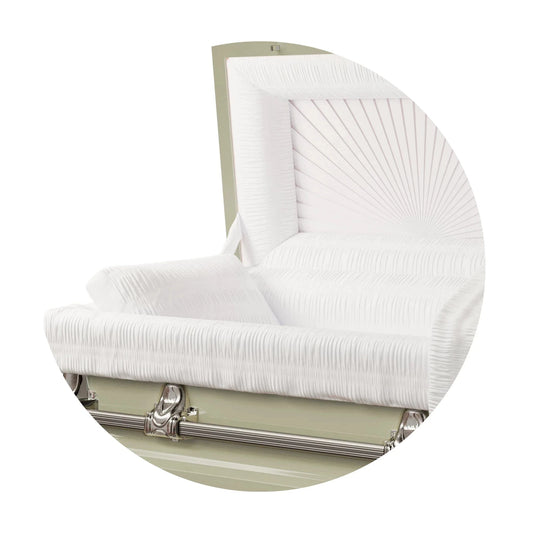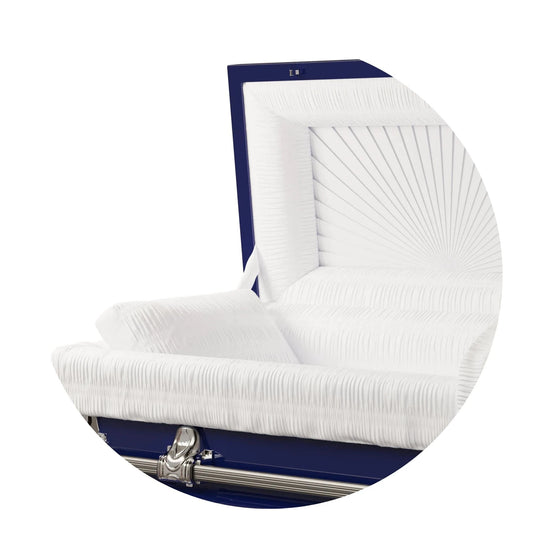Once the casket shuts and a deceased loved one is buried into the earth, what happens to their body? Talks around death and funerals have turned into discussions about their logistical arrangements. Almost any curiosity beyond that has been subdued. Have you ever been inquisitive about what you might see if you open a casket after many years? Have you ever wondered if it were even possible to open a casket once it had been buried? Or why a buried casket may need to be exhumed and opened? If these questions interest you, do read ahead.
Why May A Casket Be Opened After Burial?
Beyond our curiosity to imagine what happens to the body in a casket, several circumstances have warranted the exhumation of a burial. The most common of these is during a criminal investigation for forensic studies. DNA tests, identity confirmation, tracking parental Genealogy and relocating graves as other common reasons for exhuming a body.
What Does A Body In A Casket Look Like?
First, you should know that regardless of the type of coffin, every deceased body witnesses decay in some form. Decay may be stalled in many ways, like in the mummification of a body, but not prevented.
When you open a casket after two months, one year, or ten years, there will be decay. When a body is in a casket for 10 years, the decomposing body fat produces Grave Wax. You might witness Adipocere which is defined as a late-stage postmortem decomposition product consisting of a mixture of free fatty acids (FFAs) formed under favorable conditions due to the hydrolysis of triglycerides in adipose tissue.
The difference in decay between these years is not as drastic as one would imagine since most decay occurs within the first month of the burial. The body, before it is put to rest in a casket and buried, goes through the hands of a mortician during an autopsy, an undertaker for embalming with cavity fluid, a mortician touches up the body with makeup, fresh clothes and trimmed nails and finally, funeral operators during funeral arrangements. While these may seem like operations that preserve a body, they are simply the last grooming efforts made to a body and the final attempts to protect the body as much as possible. These arrangements may spill over two-three days. During this time, the body has already decayed enough to appear ten years older.
What Is Happening Internally?
Internally, the body undergoes a process of autolysis, wherein cells destroy themselves with their own enzymes. The skin on the deceased person quickly stretches out through Rigor Mortis. The body bloats and sends foul-smelling gases and liquids from the nasal and oral cavities. After three to five days, the body begins to purify. As the skin loosens, it also separates from the toe and fingernails of the body. As the body continues to decompose, the body starts to give out a reddish-black hue, leaving it looking unrecognizable from the living being that it once was. A dry environment prolongs decomposition for the first year after death. Similarly, wet and moist conditions heighten the process. By the time the year passes, fluids dissolve, leaving behind seams. Decomposition now till even tens of years after this point is suddenly gradual.
What May You See If You Open The Casket After Ten Years?
The body takes between ten to fifteen years to decay to a point where you may just find bones, teeth and hair remaining in the casket. There may also be some excess tissue and clothing fibers that withstood the ten years of decay. Grave wax may coat the bottom of the casket as leftover fat from where the body’s thighs once lay. When do these organic remains disappear completely? The skeletal remains eventually become fossils, and the collagen in them melts down once it becomes progressively frailer. Finally, it turns to ash or dust. But all of this takes well beyond ten years— sometimes even over one hundred years.
Need help with funeral planning or navigating options like funeral packages, caskets, urns and burial plans? Titan Concierge offers personalized funeral planning services to support families both in immediate need and those looking to pre-plan for the future. From arranging details to offering free expert guidance, we're here to make this process easier. Learn more about our funeral concierge services and how we can help you or your loved ones today.
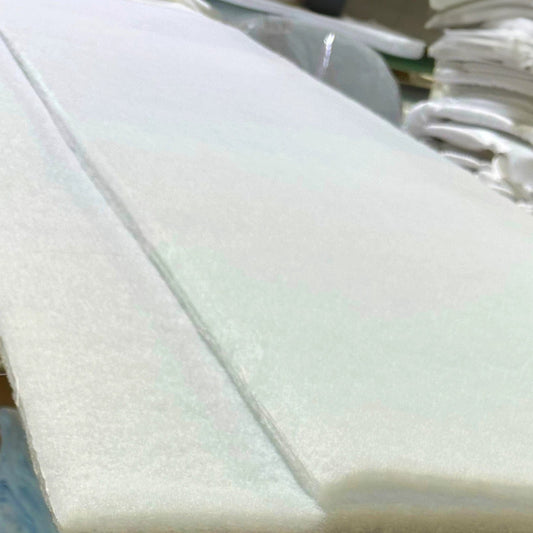
![Upgrade to Premium Weight [18-gauge steel]](http://titancasket.com/cdn/shop/products/casketthicknesswithnumbers.png?v=1680642906&width=533)
